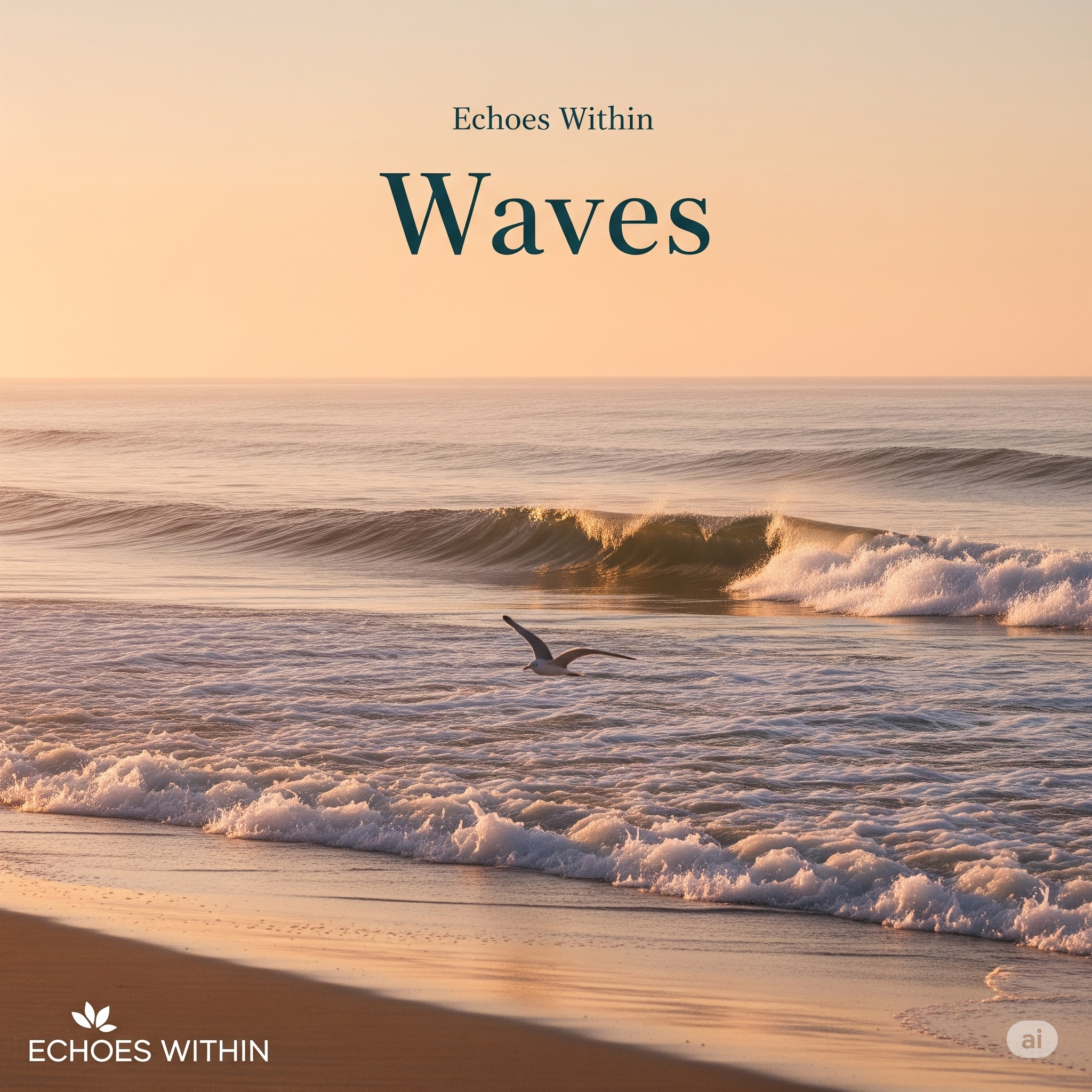
Wave – Summary Note
This lesson, “Wave”, is ideal for your Bridge Course or Class 10 to Class 11 Science transition, written in a simple, exam-oriented style for students in Nepal.
This summary helps in understanding the basic principles of wave motion, which are fundamental for later chapters in physics, like sound, optics, and electromagnetism.
🔹 Definition of Waves
A wave is a disturbance that transfers energy from one place to another without the transfer of matter. Waves play a crucial role in the transmission of sound, light, and energy through various media.

🔹 Types of Waves
-
Mechanical Waves
-
Need a medium to travel (e.g., air, water, solid).
-
Examples: Sound waves, water waves.
-
Further divided into:
-
Transverse waves – particles move perpendicular to the wave direction.
-
Longitudinal waves – particles move parallel to the wave direction.
-
-
-
Electromagnetic Waves
-
Do not need a medium to travel.
-
Can travel through a vacuum.
-
Examples: Light, X-rays, radio waves.
-
🔹 Key Terms
| Term | Definition |
|---|---|
| Wavelength (λ) | The distance between two consecutive crests or compressions. |
| Frequency (f) | Number of waves produced per second (Hz). |
| Amplitude (A) | Maximum displacement of a particle from its rest position. |
| Time Period (T) | Time taken to complete one full wave. |
| Wave Speed (v) | The distance a wave travels per second. Formula: v = f × λ |
🔹 Properties of Waves
-
Reflection: Bouncing back of a wave from a surface.
-
Refraction: Bending of waves when they enter a new medium.
-
Diffraction: Spreading of waves around corners or openings.
-
Interference: Overlapping of two or more waves.
🔹 Examples in Daily Life
-
Sound from a speaker (mechanical, longitudinal)
-
Light from the sun (electromagnetic, transverse)
-
Water waves (mechanical, transverse)
📝 Important Formula
Wave speed (v) = Frequency (f) × Wavelength (λ)
You Can Also Read:
Class – 10 (Science and Technology)
SEE Result: New Possibilities and Uncertainties for Students’ Future Careers in Nepal
How to Choose the Right Stream After SEE in Nepal
